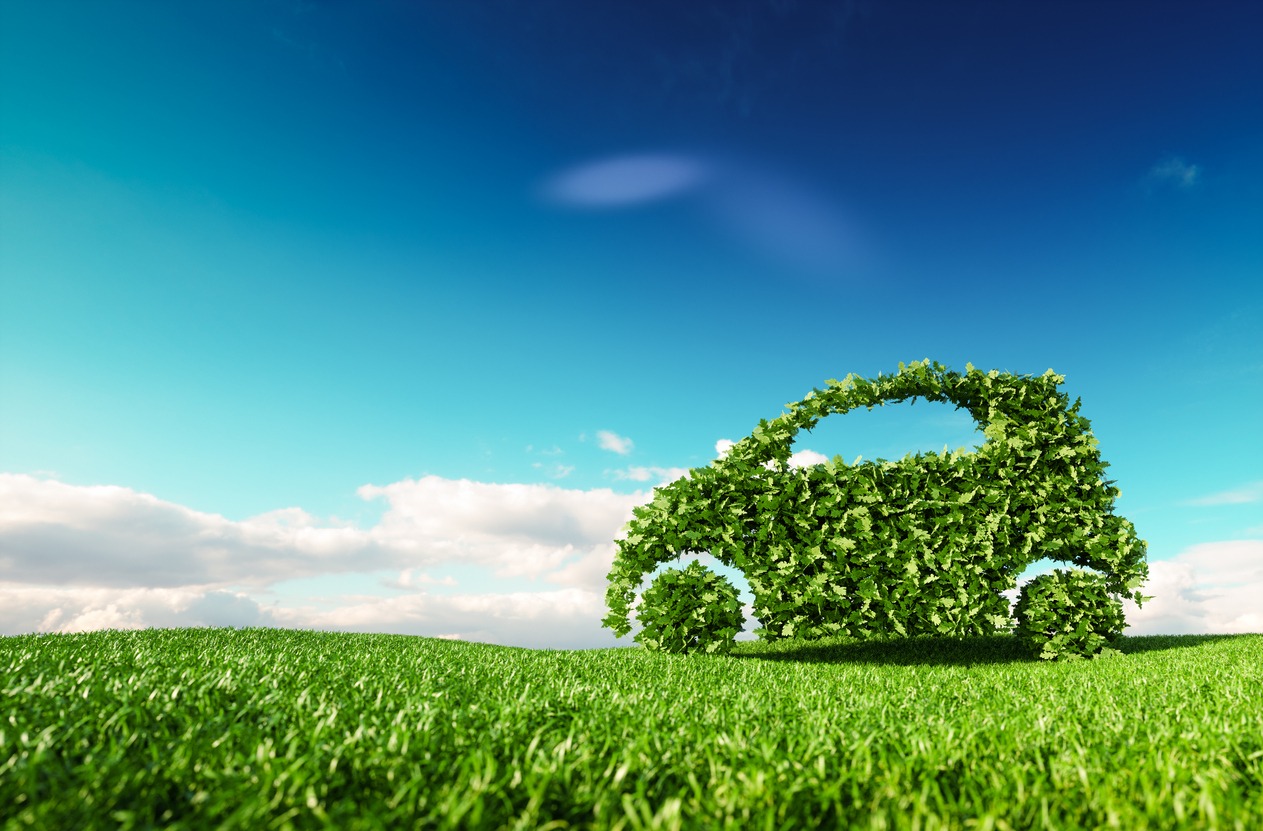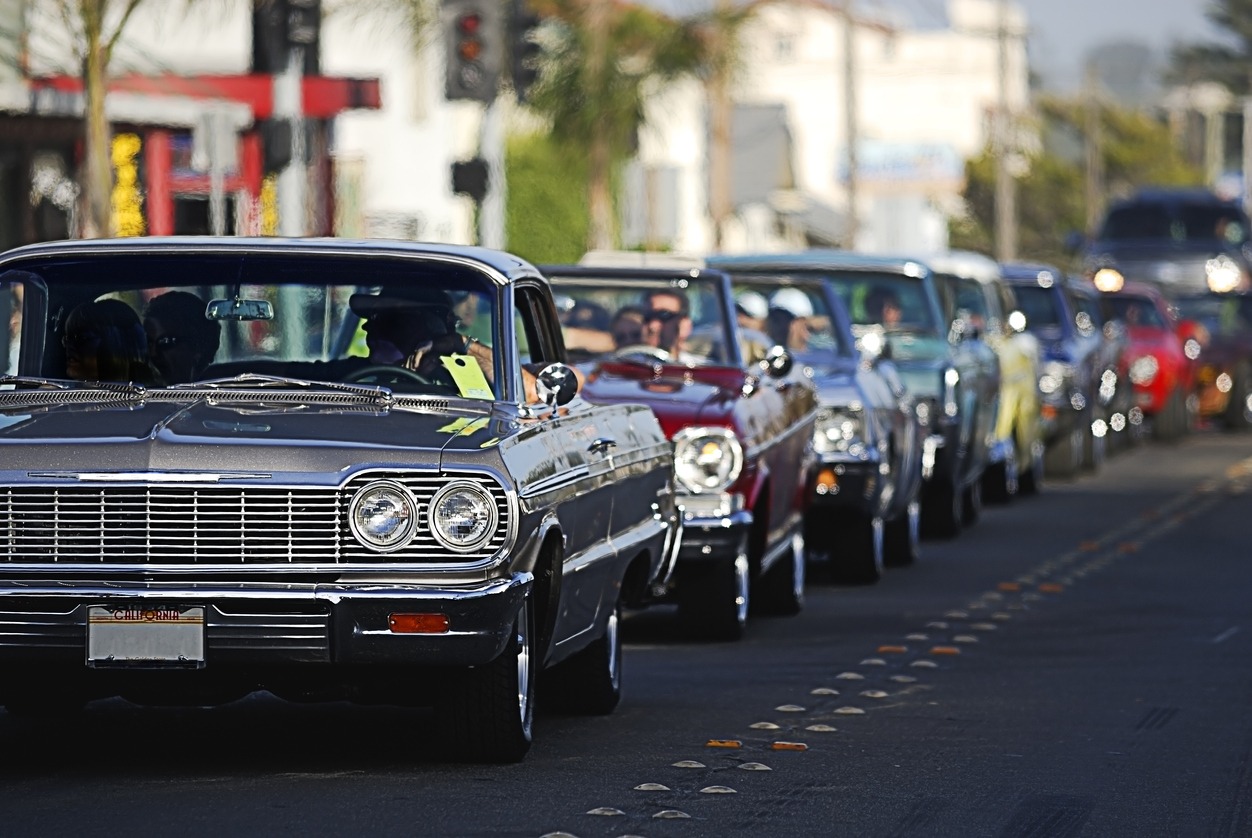Classic cars have always captivated the hearts of automotive enthusiasts. From the sleek lines of a 1960s Mustang to the distinctive rumble of a vintage Rolls-Royce engine, classic cars evoke a sense of nostalgia that cannot be beaten by newer cars. However, as we advance further into the 21st century, the landscape of the automotive world is shifting dramatically. This poses new challenges as well as opportunities for the classic car scene.
The Status of Classic Cars Today
At present, classic cars hold a unique place in the automotive world. They are seen not only as collectibles but also as investments and symbols of the craftsmanship and automotive innovation of the past. Car shows, auctions, and enthusiast clubs continue to thrive. And despite their age, many classic cars are surprisingly resilient. Many of them are still in running condition, thanks to their owners’ dedicated maintenance and restoration efforts.
However, the rising tide of technological advancements and environmental concerns is starting to reshape the classic car scene. The automotive industry is rapidly pivoting towards sustainable practices, primarily through the adoption of electric vehicles (EVs).
This shift is driven by increasing awareness of environmental issues and stricter emissions regulations globally. In the UK, the government has proposed a petrol ban from 2035 onwards, which means no new petrol and diesel cars will not be sold anymore. However, it doesn’t impact the sale of used cars, and there has yet to be a date set for a complete ban.
This poses significant questions for the future of classic cars. How will classic car enthusiasts reconcile their passion with the growing environmental concerns? Will the introduction of electric vehicle technology offer new ways to preserve and enjoy these timeless machines, perhaps through retrofitting them with electric powertrains? Moreover, how will the classic car market adjust to changes, especially the petrol ban?
What the Ban Means for Classic Cars
This proposed ban means no new petrol or diesel cars will be sold in the UK from 2035 onwards. However, it doesn’t impact the sale of used vehicles, and there’s yet to be a set date for a complete ban on petrol and diesel cars.
The reason behind this ban? The UK aims to hit nearly zero carbon emissions by 2050 to combat climate change, part of which involves phasing out fossil fuel-powered vehicles and steering buyers towards electric cars.
Classic car enthusiasts might already feel the pinch in areas like London’s Ultra Low Emissions Zone, where driving a petrol or diesel car can be costly. And with the government’s push to reduce these vehicles on the roads, such charges are likely to become more common.
The Push Towards Eco-Friendly Driving
For diesel car owners, increased taxes and congestion charges are becoming the norm, nudging people away from these vehicles. Many car manufacturers even offer trade-in deals for less eco-friendly cars, providing discounts on greener models.
Environmental policies, particularly those targeting vehicle emissions, are becoming increasingly stringent. Cities like Paris and London have already started implementing low-emission zones (LEZs), where high-polluting vehicles are either restricted or subjected to heavy charges. For classic cars, which are typically less fuel-efficient and produce higher emissions than modern vehicles, these regulations pose a significant challenge.
But classic car owners needn’t feel rushed into guilt; the environmental cost of manufacturing a new car is still higher than driving a used one. This makes a good case for continuing to drive a classic petrol car over buying a new electric vehicle until the market for second-hand electric cars matures.
The Future of Petrol and Diesel Cars
While the ban on new petrol and diesel car sales is set for 2035, there’s no complete ban on these cars planned yet. The government’s initial 2040 target was brought forward to ensure fewer petrol and diesel cars on the roads by 2050.
Post-ban, classic cars will still be buyable and sellable. However, the long-term goal is a future with fewer petrol and diesel cars. It’s speculated that in 10-15 years after the ban, electric cars could dominate, though many classic cars older than 15 are still in regular use today.
Are Classic Cars in Danger?
Classic cars themselves aren’t being banned. But the coming decades might challenge classic car drivers with more electric car chargers and fewer petrol stations. Rarity might increase the value of some classic cars, though running costs could also rise. The traditional car market might see a downturn as enthusiasts grapple with higher road taxes and fuel costs, not to mention the challenge of finding spare parts. Diesel cars have already seen a drop in value following scrappage announcements, and petrol cars could follow suit.
The Solution: Electric Car Conversions
One of the most significant technological advancements impacting classic cars is the emergence of electric car conversions. This process involves replacing the traditional internal combustion engine with an electric motor and battery pack, transforming classic cars into modern, eco-friendly vehicles. The concept may seem like a paradox – blending the nostalgic charm of classic cars with cutting-edge electric vehicle technology – but it’s rapidly gaining popularity for several reasons.
Firstly, electric conversions offer a sustainable future for classic cars in an increasingly environmentally conscious world. Going electric makes these vehicles more compliant with emissions regulations without sacrificing their aesthetic appeal. Secondly, electric motors provide instant torque, potentially enhancing the performance of the vehicle. Imagine a 1960s sports car with the acceleration capabilities of a modern electric vehicle – it’s a blend of eras that could redefine the classic car driving experience.
Other Option: Preserving and Enhancing Performance with Modern Tech
Beyond electrification, other technological advancements are also finding their way into the classic car domain. Digital enhancements and modern engineering solutions are being employed to improve classic cars’ safety, efficiency, and performance. Examples include:
- Digital Instrumentation: Replacing or supplementing old gauges with digital displays to provide more accurate and detailed information about the car’s performance.
- Improved Suspension and Brakes: Incorporating modern suspension systems and disc brakes can significantly improve the handling and safety of classic cars, making them more suitable for today’s driving conditions.
- Engine Management Systems: Modern engine control units (ECUs) can be adapted to classic cars, offering better fuel efficiency and emission control aligning old engines with new standards.
- LED Lighting: Replacing traditional lighting with LED alternatives offers better visibility, efficiency, and a longer lifespan, all while maintaining the classic look of the vehicle.
When thoughtfully implemented, these technological interventions do not detract from a classic car’s essence. Instead, they open up a new dimension of preservation, allowing these vehicles to operate more reliably and sustainably in the modern world.
Trends in the Classic Car Market
The market for classic cars has traditionally been driven by nostalgia, with vehicles from the 1950s to the 1970s often being the most sought-after.
So, even though many classic cars are shifting gears to electric, classic cars that are unrestored and in their original condition are still highly valued. There’s a growing appreciation for ‘time capsule’ cars that retain their factory settings, patina, and original parts. This shift marks a departure from the previous focus on fully restored vehicles, reflecting a deeper appreciation for authenticity and originality in the classic car community.
However, recent trends indicate a shift in interest towards younger classics, sometimes referred to as ‘modern classics,’ from the 1980s and 1990s. These vehicles are attracting a new generation of collectors, drawn by their retro appeal and the technological innovations of that era.
The rise of online auctions and digital platforms is also transforming how classic cars are bought and sold. These platforms have broadened the market, allowing enthusiasts from around the world to participate in auctions and sales, which were previously limited to physical locations. This digital shift has made the market more accessible but also more competitive.
The Future of Classic Car Collecting
Looking ahead, the classic car market is poised for continued evolution. As environmental concerns and technological advancements progress, we may see an increased interest in electrically converted classics or vehicles from the late 20th century known for their innovative features. Additionally, the market is likely to see further globalization facilitated by digital platforms, leading to a more diverse and dynamic trading environment.
However, the integration of modern techniques in classic car restoration brings up an important debate about authenticity versus practicality. While purists may argue that using modern methods and materials deviates from originality, others point out the practical benefits, including improved safety, reliability, and preservation of these vehicles for future generations.
The key lies in striking a balance. Restorers and owners must navigate between maintaining historical accuracy and embracing modern advancements that can prolong the life and functionality of classic cars. This balance ensures that classic cars can continue to be appreciated, not just as static museum pieces but as living, breathing machines that tell a story of automotive history.
The Rise of Original Electric Classics
Coming full circle back to sustainability, original electric cars are now gaining traction in the collector’s market. A notable example is the 2005 Tesla Roadster. It’s astounding to see its resale value skyrocket from $50,000 in 2018 to around $102,000. This model isn’t just a car; it’s a piece of automotive history that reshaped our driving future, making it a collector’s dream.
Despite the evolving landscape, the classic car scene remains vibrant, driven by rarity, desirability, and timeless style. However, collectors are broadening their horizons, recognizing the value in both the drive and the pioneering spirit of early electric vehicles.
Takeaway
The rising tide of environmental consciousness and the subsequent regulations that come with it present both challenges and opportunities for the world of classic cars. As governments around the globe tighten emissions standards and shift towards more eco-friendly policies, classic car owners and enthusiasts face a new set of considerations.
The classic car community is increasingly aware of its role in environmental stewardship. While preserving these vehicles’ historical and cultural significance is paramount, there’s a growing recognition that adaptations may be necessary to align with contemporary environmental values. The challenge lies in making these adaptations without diluting the essence of what makes a car ‘classic.’



